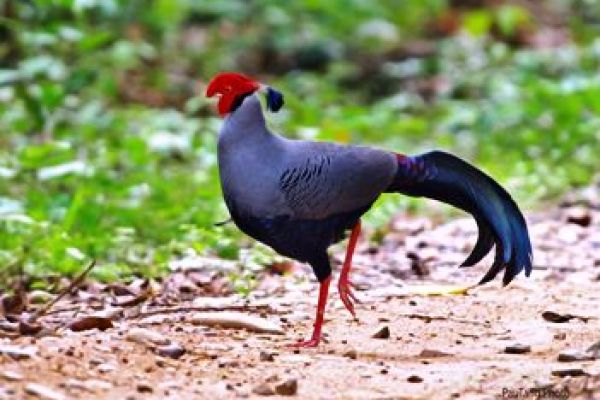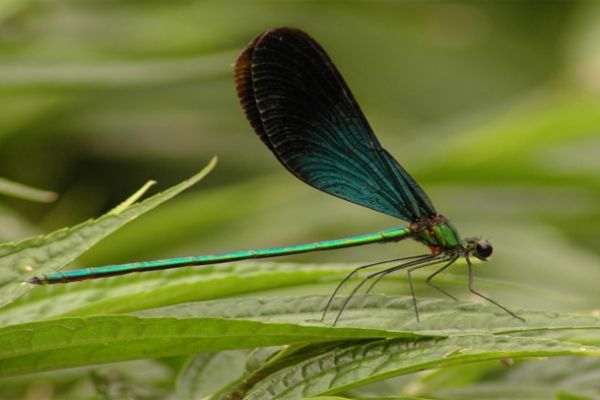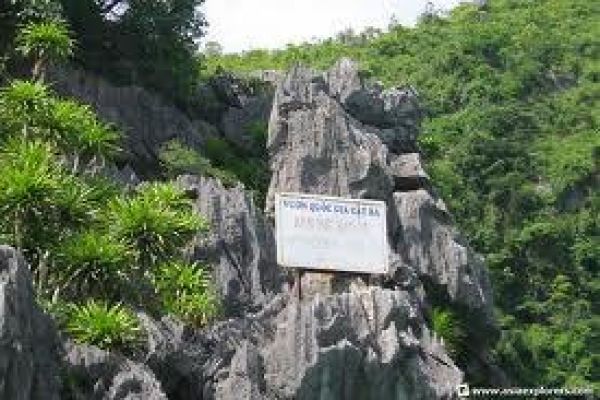
The park supports a wide variety of habitat types: elevations below 1,800m support lower montane evergreen forest; elevations between 1,800 and 2,500m support upper montane evergreen forest, elevations between 2,500 and 2,800m support sub-alpine forest, while the vegetation above 2,800m is dominated by stands of dwarf bamboo with scattered, stunted trees. Below 1,000m, the forest has been almost entirely cleared and replaced with anthropogenic habitats, including secondary grassland, scrub and cultivation. Secondary habitats are also found at higher elevations.


The park supports a high diversity of animal groups. 347 bird species have been recorded in and around the nature reserve, including 49 species that are restricted in Viet Nam to north-west Tonkin. The park also supports approximately one third of Viet Nam’s known amphibian species, the highest recorded amphibian species richness of any protected area in Viet Nam. Several amphibian species are currently known only from the site, and around 10% of the national park's amphibian species are globally threatened. Invertebrate diversity is also very high, and many species of invertebrate discovered at the site are known from nowhere else in the world.
Source:http://www.moitruongdulich.vn
















 Tags:
Tags: 